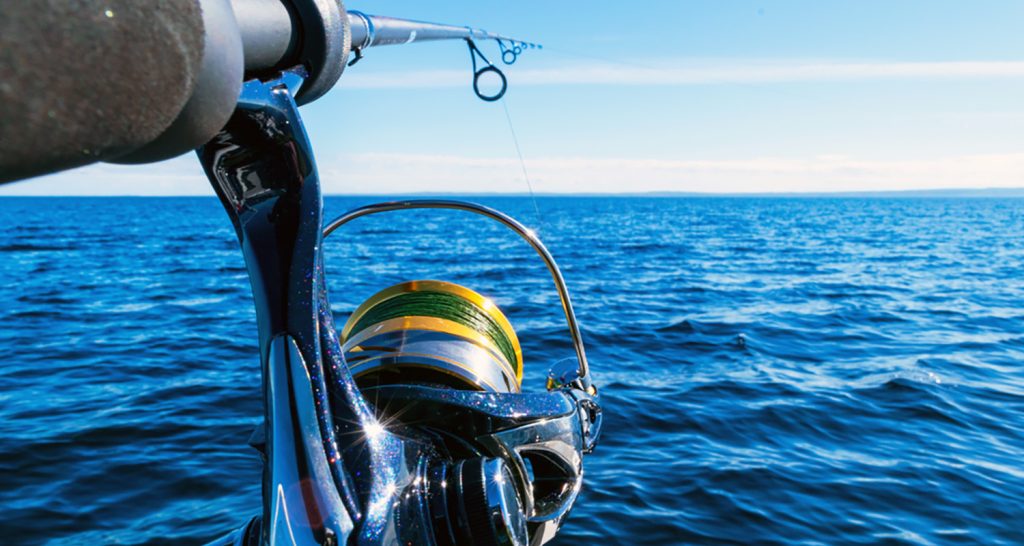If you're a beginner angler looking to target speckled trout and redfish, it's essential to choose the right equipment for a successful fishing experience. In this guide, we'll explore the types of reels, rod action and weight, and provide tips and advice for their use.
Types of Reels
When it comes to inshore fishing for speckled trout and redfish, there are two primary types of reels to consider: baitcasting reels and spinning reels.
Baitcasting Reels
Baitcasting reels offer excellent accuracy and control, making them a popular choice among experienced anglers. They are suitable for casting heavier lures and handling larger fish. However, baitcasters require some practice to master their casting technique.
Spinning Reels
Spinning reels are beginner-friendly and versatile. They are easy to use and offer good casting distance. Spinning reels are ideal for lighter lures and are generally more forgiving when it comes to casting errors. They are a great choice for novice anglers.
Rod Action and Weight
The action and weight of your rod play a crucial role in determining its performance and suitability for inshore fishing.
Action
Rod action refers to how much the rod bends when pressure is applied to the tip. Inshore rods typically fall into three categories: fast action, medium action, and slow action. Each has its own advantages.
Weight
Rod weight determines its strength and ability to handle different line and lure weights. For inshore fishing targeting speckled trout and redfish, a medium to medium-heavy rod (around 6 to 7 feet) is generally recommended. It offers the right balance of sensitivity, power, and versatility.
Tips and Advice for Use
Here are some essential tips and advice to make the most of your inshore rod and reel setup:
- Consider the fishing location and conditions: Adjust your rod and reel setup based on the specific inshore environment you'll be fishing in, such as shallow flats, grassy areas, or near structures like docks or mangroves.
- Choose the right line: Opt for a braided or monofilament line with a suitable pound test, usually between 10-20 lbs for inshore fishing. This will provide sufficient strength and durability.
- Match your rod and reel: Ensure your rod and reel are balanced in terms of size and weight. This promotes comfortable casting and reduces fatigue during extended fishing sessions.
- Handle with care: Rinse your rod and reel with freshwater after each use to remove salt and dirt. Store them properly to avoid damage and prolong their lifespan.
Final Thoughts
Choosing the right inshore rod and reel setup is essential for a successful fishing experience targeting speckled trout and redfish. Consider your skill level, fishing preferences, and the specific characteristics of the fish you'll be targeting. By selecting the appropriate reel type, understanding rod action and weight, and following the tips and advice provided, you'll be well-equipped to enjoy productive and enjoyable fishing trips. Remember to practice and gain experience to improve your angling skills over time. Tight lines!


